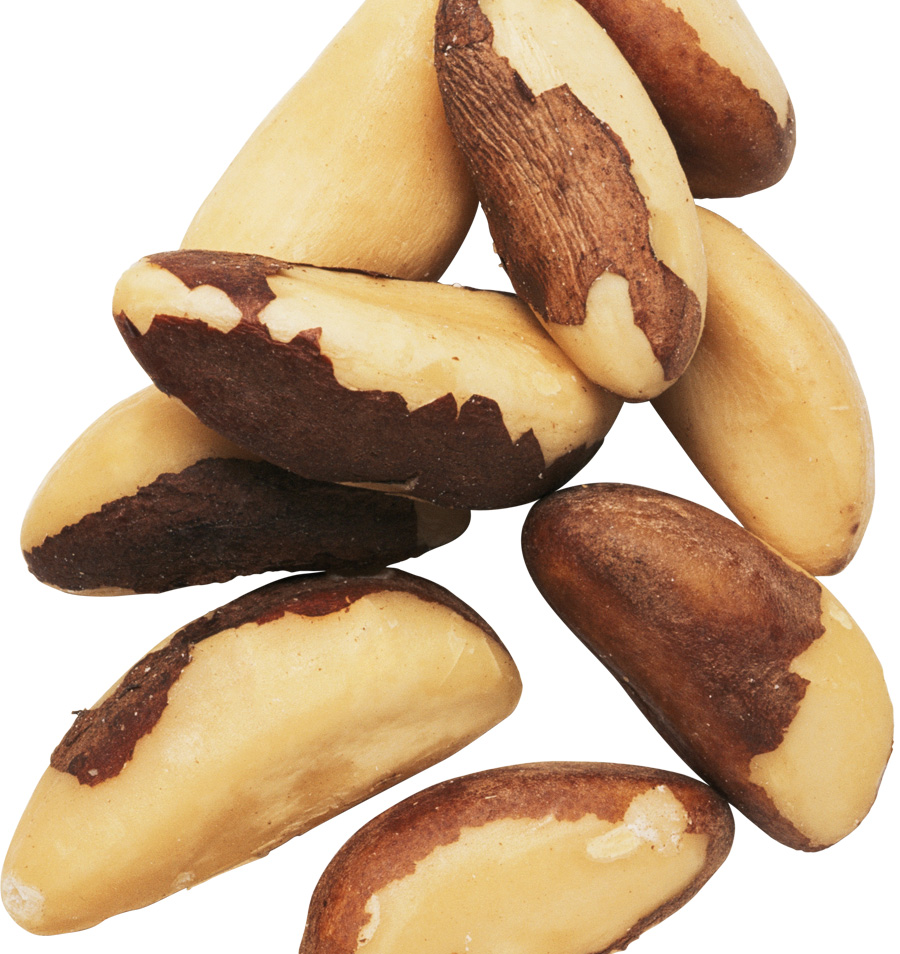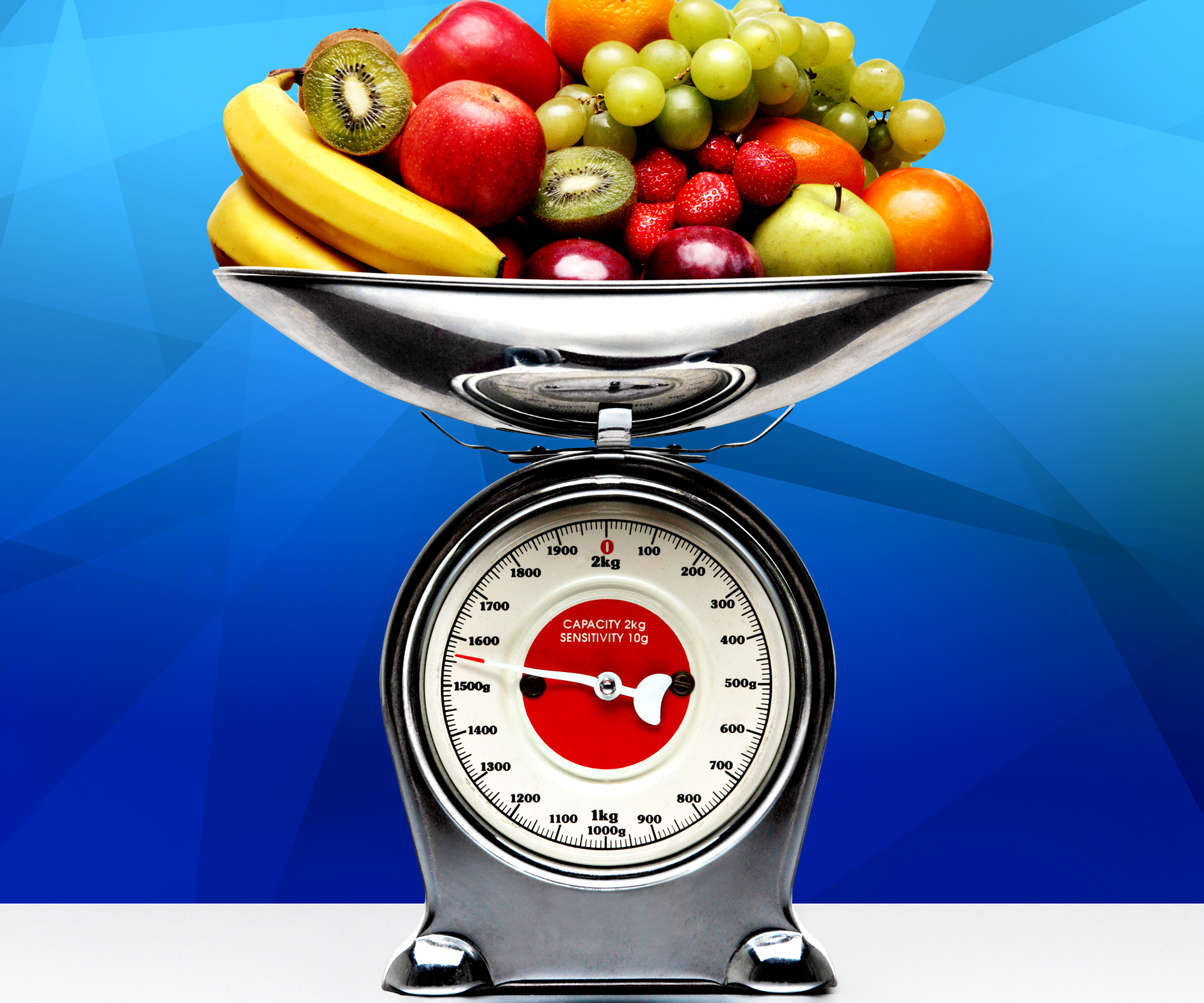There’s no denying that what you eat and how much plays a role in losing weight. But whether or not simply counting kilojoules is enough to shed a few kilograms is up for debate, with research proving that kilojoules aren’t always equal.
In one study, people eating low-fat diets burned 1200kJ a day less than people sticking to carbohydrate-restricted diets, even though both diets provided the same number of kilojoules.
“One explanation is that the body processes kilojoules differently, so it requires more energy to store kilojoules from certain foods than it does for others,” says dietitian Melanie McGrice. The researchers go further, saying that low-fat diets slow the metabolism to a speed where it can’t burn kilojoules effectively.
“I don’t think monitoring how many kilojoules you eat for a short time is a bad idea when you’re trying to lose weight, but on its own, counting kilojoules doesn’t paint the whole picture,” says McGrice. “When you focus purely on kilojoules you’re not necessarily differentiating between healthy and less healthy foods, so you could miss out on nutrients.”
The ‘all kilojoules are not equal’ argument is true when it comes to disease as well. Drink a daily 620kJ can of soft drink, and your risk of type 2 diabetes rises. But eat four tablespoons, or 2090kJ worth of olive oil every day, and your heart-attack risk falls.
If you choose wisely, counting kilojoules can play a part in losing weight, but to take your progress to the next level add these clever strategies to the mix. Check out our three ways to power up your weight loss.

1 Divide your dinner plate
The science says: plates featuring portion guidelines are effective weight-loss tools. You’re three times more likely to lose five per cent of your body weight in six months when you use them. One reason is that it’s a no-fuss way to evenly balance carbohydrates and protein in a meal, which makes it easier to lose weight compared to the low-protein, high-carbohydrate make-up of most weight-loss diets.
Do it by: picking a plate that’s no wider than 25cm – you’ll eat 22 per cent fewer kilojoules compared to when you use a plate that’s 5cm wider. Next, divide the plate in half and fill one side with non-starchy vegetables. Then divide the other side of the plate in half again, placing lean protein, such as fish, eggs or lentils, in one of the quarters, and good-quality carbohydrates, like sweet potato or wholegrain rice or pasta, in the other.

2 Know your portions
The science says: getting portion sizes right works for weight loss, especially when you’re eating high-energy-dense foods, which deliver a lot of kilojoules per gram, such as cheese and oils. In fact, perfecting portion sizes can equal eating 676kJ less during a meal.
Do it by: learning some visual cues. Without them, most people misjudge how big a serve of food is by 44 per cent, so we think a portion is much bigger than it really is.
Click here for a gallery showing recommended portion sizes for each food group
3 pick the “correct” food combinations
The science says: that not only do some foods help to prevent weight gain, while others make weight gain more likely, specific combinations of foods have a big impact on weight, too.
Do it by: eating healthy, protein- rich foods, and pairing them with good-quality, rather than refined carbohydrates.
So think:
– fish, with lentils
– skinless chicken, with quinoa
– full-fat yoghurt and nuts, with porridge
Fish, skinless chicken, nuts and full-fat yoghurt are the four foods most strongly associated with weight loss. And the effect is kicked up a notch when you avoid refined carbohydrates, such as white bread and white pasta, at the same time.
On the other hand, the more red and processed meats people eat, the more weight they gain. But when you do eat steak, match it with broccoli and brown rice, rather than a potato. That will keep your blood sugar levels down, which minimises weight-gain.

4 Choosing wisely
Get the maximum health benefits from your ‘kilojoule’ choices by making smarter food decisions. Some foods yield enough nutrition to be worth the calories that they come with. Some foods provide a negligible amount of goodness next to the amount of kilojoules and sugar that they give you.
Worth the kilojoules
Avocado
Half an avocado contains the same amount of kilojoules as a can of soft drink. But even though most of those kilojoules come from fat, eat them regularly and your ‘bad’ cholesterol levels will be 82 per cent lower than when you stick to a low-fat diet.
Nuts
Raw, unsalted nuts are great for meeting your daily dietary fat requirements, but it’s best to eat them in this healthy state, rather than roasted and salted.
Eggs
An egg provides up to 350kJ and 293mg of cholesterol, but eating one a day doesn’t increase heart-attack risk, because dietary cholesterol has little effect on blood cholesterol levels. Plus, eating about four eggs each week has been shown to lower your type 2 diabetes risk by 37 per cent.
Wholegrain pasta
It contains 405kJ per serve, which is roughly the same as white pasta, but it controls post-meal appetite for significantly longer than refined pasta, according to a 2015 study.
Full-fat salad dressing
It might contain 10 times as many kilojoules as fat-free dressings, but the fat’s required to help the body absorb key salad nutrients. Dressings made with mono-unsaturated fats like olive oil work best.
Not worth it
Low-fat yoghurt
It can contain more kilojoules than full-fat yoghurt because it’s usually high in sugar. Plus, low-fat dairy products increase your appetite for poor-quality carbohydrates, which equals weight gain.
Fruit juice
It contains vitamins and minerals, but that doesn’t offset its sugar content, which is often the same as a fizzy drink. For example, people’s insulin resistance and waist measurements increased when they drank two glasses of grape juice daily.
Pretzels
They provide fewer kilojoules and saturated fat than potato chips, but they also contain 1380mg of sodium per 100g, more than four times the recommended ‘per 100g’ upper level.
Jasmine rice
It has a much higher GI than most other white rice varieties. So, not only will it cause a sharp rise and fall in blood glucose, it also raises your long-term risk of type 2 diabetes.
Coconut oil
It has a similar kilojoule count to olive oil, but 92 per cent of it is made up of saturated fatty acids, including lauric acid. While lauric acid does improve levels of good cholesterol, it also raises unhealthy LDL cholesterol and total cholesterol levels.


